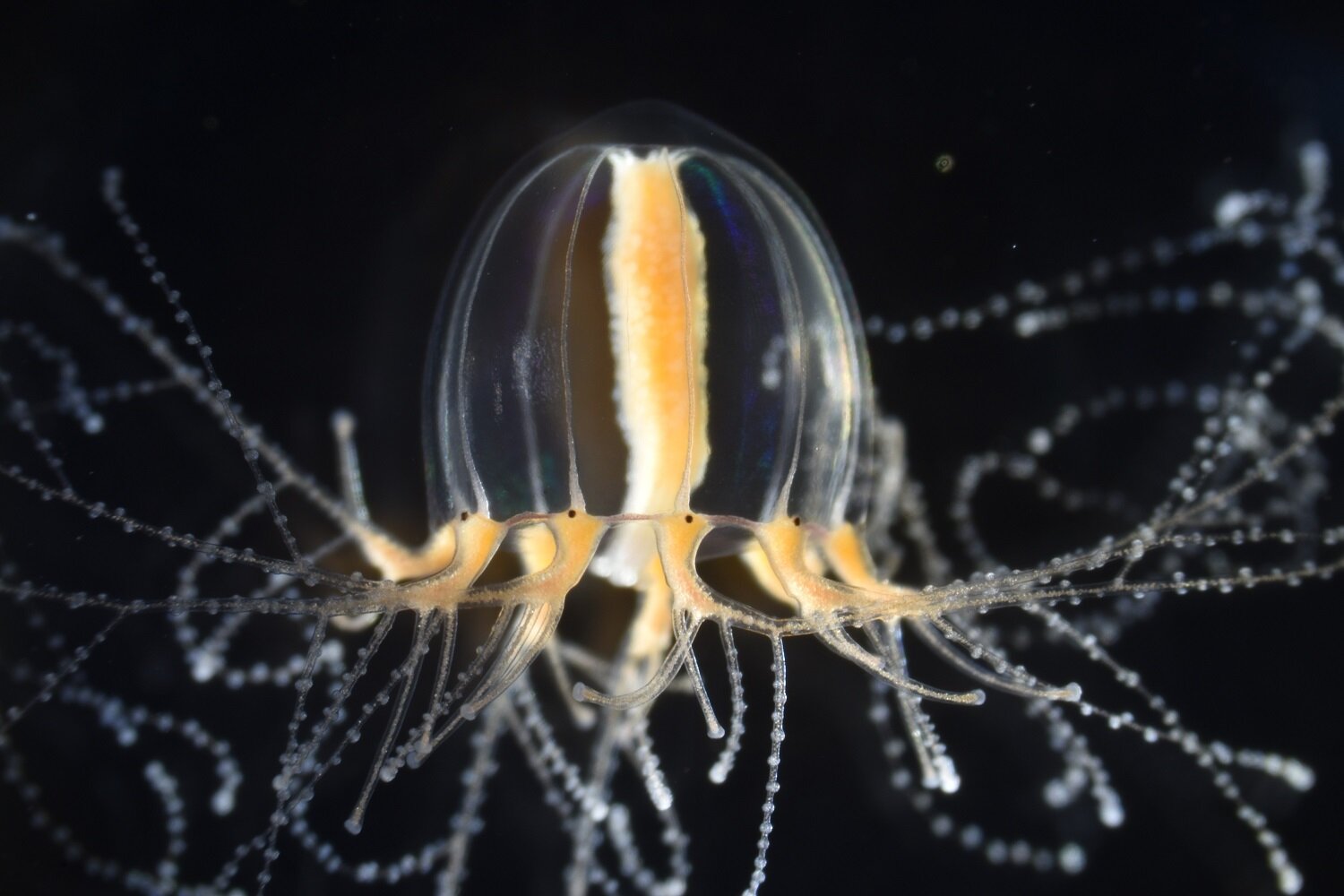How jellyfish regenerate functional tentacles in days
Date: 25.12.2023
At about the size of a pinkie nail, the jellyfish species Cladonema can regenerate an amputated tentacle in two to three days – but how?
 Regenerating functional tissue across species, including salamanders and insects, relies on the ability to form a blastema, a clump of undifferentiated cells that can repair damage and grow into the missing appendage.
Regenerating functional tissue across species, including salamanders and insects, relies on the ability to form a blastema, a clump of undifferentiated cells that can repair damage and grow into the missing appendage.
Jellyfish, along with other cnidarians such as corals and sea anemones, exhibit high regeneration abilities, but how they form the critical blastema has remained a mystery until now.
A research team based in Japan has revealed that stem-like proliferative cells – which are actively growing and dividing but not yet differentiating into specific cell types – appear at the site of injury and help form the blastema.
"Importantly, these stem-like proliferative cells in blastema are different from the resident stem cells localized in the tentacle," said corresponding author Yuichiro Nakajima, lecturer at the Graduate School of Pharmaceutical Sciences at the University of Tokyo. "Repair-specific proliferative cells mainly contribute to the epithelium – the thin outer layer – of the newly formed tentacle."
Image source: Sosuke Fujita, The University of Tokyo.























